A Guide to Vining Perennial Plants in the Desert Garden
There are often walls, fences, trellises, and obelisks to cover in the desert garden. Vining plants add more interest, help draw the eye vertically in the garden, and brings color to vertical areas. The extreme heat however can be a challenge to these plants. As a result, gardeners fail because they are planted in the incorrect spot or maybe getting the incorrect amount of water. This blog features several vining perennial plants that can grow in our extreme temperatures. We have included the best exposure for each and water usage. Several are vines that do well in full sun and are low water use.
This post focuses on perennial plants, however, there are many annual vining edible and ornament vines as well. Some examples are ornamental sweet peas, hyacinth bean, edible peas, beans, cowpeas, and, nasturtiums.
Is it a Vine or a Bine?
Some plants send out tendrils that attach to buildings or wrap around trellis and structures, these are vines, for example, passionfruit.
Other plants wrap their stems around the climbing structure in a helix, and these are bines. The stem is flexible but has strong hairs that help provide structure as it grows. An example of a bine is hops, Humulus lupulus. In the Northern Hemisphere most bines will wrap around in a counter-clockwise manner. About 10% wrap in a clockwise manner. While it is said that the Northern or Southern Hemisphere affects which way the plant wraps, more research has proven this untrue.
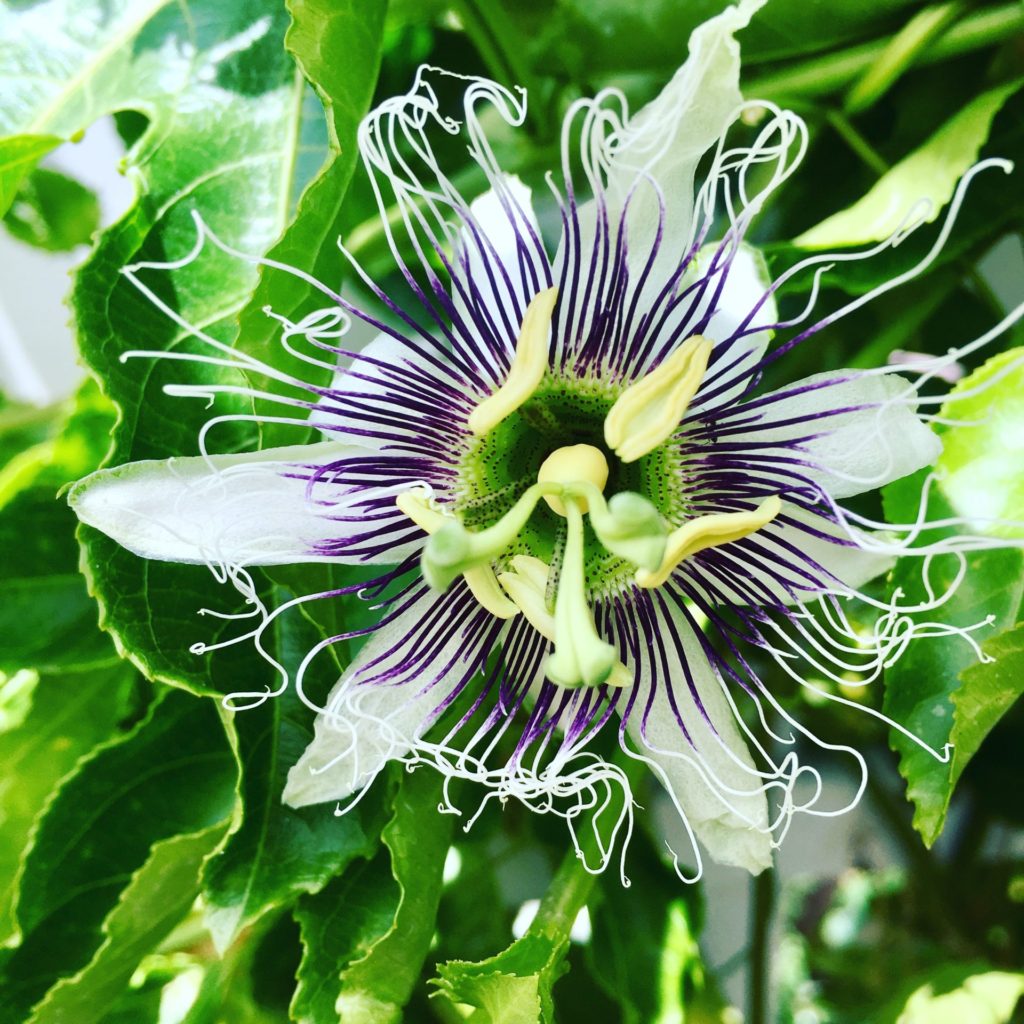
Edible Perennial Vines
Passionfruit:
(Passiflora spp). Passionfruit is a very prolific vine that is ideal to cover a large fence or wall. It grows very quickly, and it takes the desert full sun. There are many varieties to choose from; for edibility the edulis variety is very popular. Passionfruit is not picked off the vine, instead, wait for them to fall off. This is when they are perfectly ripe. Summer ripened fruit is sweeter than fall ripened fruit which tends to be more tart. In desert climates, they need a lot of water and heavy feeding. Interestingly, it has been noted that ripe fruit drops a lot during a full moon.
- Can handle south or west-facing exposure.
- Medium to high water use
Grapes
(Vitis spp.). Grapes are excellent for full sun locations and are also very prolific. They are plagued with grape leaf skeletonizers. The adults are beautiful black moths, but the caterpillars will decimate a grapevine very easily. In addition, they are toxic and can cause skin irritations if you handle them. If you are planning on growing grapes, ensure that you are proactive about managing skeletonizers. bT (Bacillus thuringiengis) is an organic control that only affects caterpillars and does not harm other insects. When caterpillars chew on leaves treated with it, it affects their ability to digest food. As a result, they are unable to feed and will die. Protect grapes as they are ripening by using organza bags. To get larger grapes, thin the bunches by removing a few grapes from each bunch before they fill out. Grapevines are very inexpensive, are easy to grow. In addition to the abundance of grapes, the leaves are also edible. They are pruned in December or January in our climate. The pruned vines are perfect for wreath making. Grapevines also help create the fall atmosphere in the desert garden as the leaves will turn into gorgeous golds and rust colors when the weather cools.
- Can handle south or west-facing exposure.
- Medium water use.
Cape Honeysuckle
(Tecomaria capensis). A full sun plant that smells incredible. The flowers are sweet and tasty, but also very medicinal, often used to treat respiratory ailments. The sweet nectar also attracts hummingbirds and a multitude of other beneficial insects. The Cape Honeysuckle lends a tropical feel to the garden with its bright orange, yellow or crimson blooms. It grows with stout upright stems that will need to be tied in, this allows it to develop a vining habit. It does well in full sun and can handle both acidic and alkaline soils. They are drought tolerant once established, but still require water in the desert.
Will need North or East facing exposure in the low desert.
Medium water use.
Halls Honeysuckle
(Lonicera japonica ‘Halliana’). Fragrant white flowers turn yellow as they mature. Great for pollinators and hummingbirds, and very rich in sweet nectar. Halls Honeysuckle can also be used medicinally. It forms a dense evergreen plant that has many stems twining around a support. This vining plant makes an excellent screen trained upwards, but can also be grown as a ground cover. It does well in full sun or partial shade.
- Can tolerate South and West facing exposure.
- Medium water use.

Lady Banks Rose
(Rosa banksiae). Rosa Banks or Lady Banks is most popular for the huge specimen growing in Tombstone Arizona and is known as the Tombstone rose. It is considered the world’s largest rose and was started from a cutting that came from a plant in Scotland in 1885. Lady Banks roses come in a creamy yellow or white color. They only flower once a year in early spring, however they are an evergreen type rose and retain their foliage through the winter in our climate. This rose grow very large and benefit from having enough space to sprawl out.
- Can handle south and west-facing exposure.
- Low to medium water use
Climbing and Rambling Roses
(Rosa spp). Climbing and rambling roses make for a splendid display of blooms and are well suited for fences, trellises, or trained against trees. They are excellent for bringing more height and color into vertical areas in a space. Climbing roses either have large blooms or clusters of little blooms, and almost all varieties are repeat blooming during the growing season. Most rambling roses only flower once, however, David Austin rambling roses are repeat bloomers. Climbing and rambling roses can reach a height from 8ft to 30 ft, so research varieties and pick one that is correct for the area or available space. Rose petals can be used in syrup, rose honey, tea, and cosmetic use. Read more about growing roses in the desert.
- Best on east-facing exposure
- High water use
Ivy Gourd
(Coccinia grandis). Also known as tindora, scarlet gourd, or kowai fruit. This vine is less common in the desert climate but will do well and provide a prolific amount of fruit once established. The roots should be well shaded and allow them to grow in a dappled sun environment or where they will get afternoon shade. They will die back in winter and can be cut down, but will grow back once it starts to warm up. The green fruit is often cooked and the ripe fruit is delicious.
- East-facing exposure is best.
- High water use.
Malabar Spinach
(Basella rubra). This is bine with very ornamental red stems and deep purplish blackberries. The leaves are succulent and often battered and fried. Malabar spinach will grow into full sun once established and with sufficient water. It is also happy in part shade. The tiny blackberries that form are edible but do not taste like the sweet berries of actual berry plants.
Best in East facing exposure.
High water use.
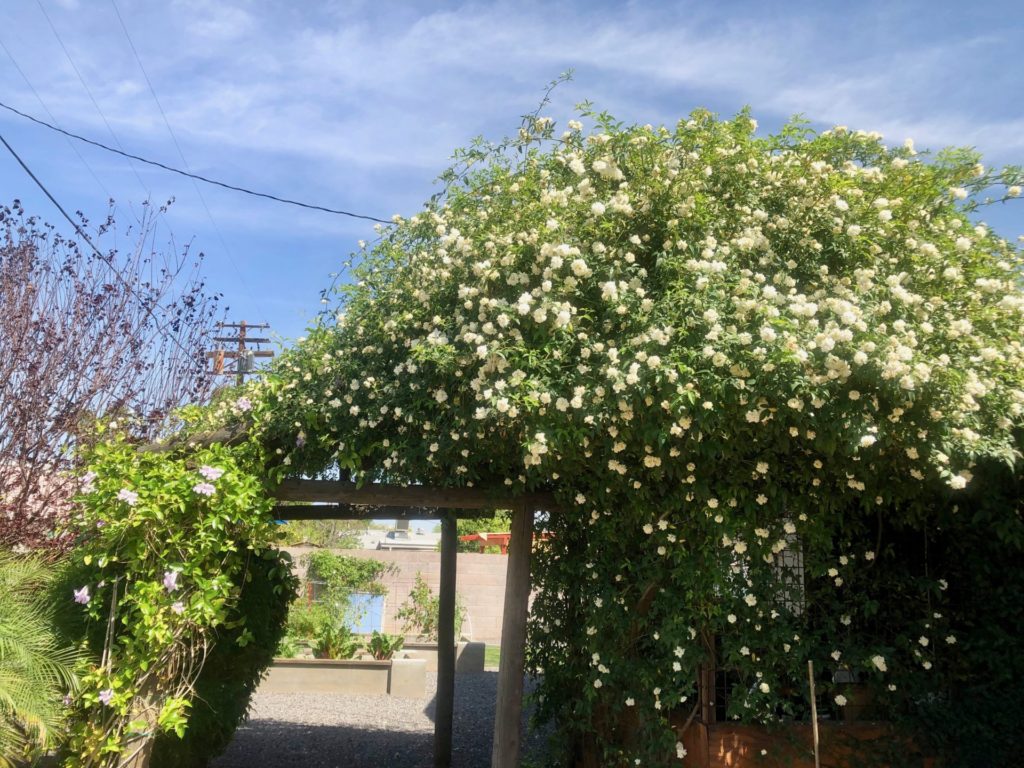
Ornamental Perennial Vines
Common Trumpet Vine
(Campsis radicans or Bignonia radicans). A deciduous vine that will die back when temperatures are below freezing, however it will quickly regrow once it starts to warm up. It does best in full sun. Trumpet vines produces clusters of orange/red tubular flowers that are a magnet for pollinators and hummingbirds. Over time the base will become bare and woody and will need to be tied in to support the plant. The aerial parts of the plant will benefit from a good pruning. Trumpet vines do produce suckering roots, so plant in an area where it will not compete with other plants, or watch for and remove these suckers.
- Can handle South and west-facing exposure.
- Medium to high water use.
Pink Trumpet Vine
(Podranea ricasoliana). This full sun beauty thrives in arid conditions. It produces an abundance of pink trumpet-shaped flowers in spring and fall. During the heat of the summer, it maintains its lush green color. Freezing temperatures in winter can damage the plant but it will recover. It is native to South Africa. The natural growth habit is to sprawl, but it is often tied up to a trellis to support upright growth. It benefits from nutrient-rich soil and good deep soaks of water. Do not confuse with bower vines.
- Can handle south and west-facing exposure with increased water.
- High water use.
Tangerine Crossvine
(Bignonia Capreolata). This vigorous woody vine, climbs by tendrils that have adhesive disks. Avoid planting against the walls of houses. It is an evergreen vine, but the leaves will turn a reddish-purple color in cold weather, and there can be some leaf drop when temperatures get below freezing. Tangerine crossvine can grow in part shade but will do best in full sun. The flowers are masses of tubular tangerine flowers that are loved by pollinators and hummingbirds.
- Will do well in south or west-facing exposure.
- Medium water use.
Queens Wreath Vine
(Antigonon leptopus). Also known as coral vine. It is probably one of the most popular vines in Phoenix. In late summer and early fall, this vine will produce masses of delicate rose, pink or white flowers attracting an abundance of pollinators and hummingbirds. The darkest pink available is sold as “Baja Red”. The leaves are bright green heart-shaped and also very attractive. It thrives in the heat and is very drought tolerant once established requiring a deep soak every 3-4 weeks. The vine will die back in cold conditions but should recover once spring arrives. Queen’s wreath is a self-climber and puts out tendrils to help it climb.
- Will do fine against hot walls with south or west exposure.
- Low water use.
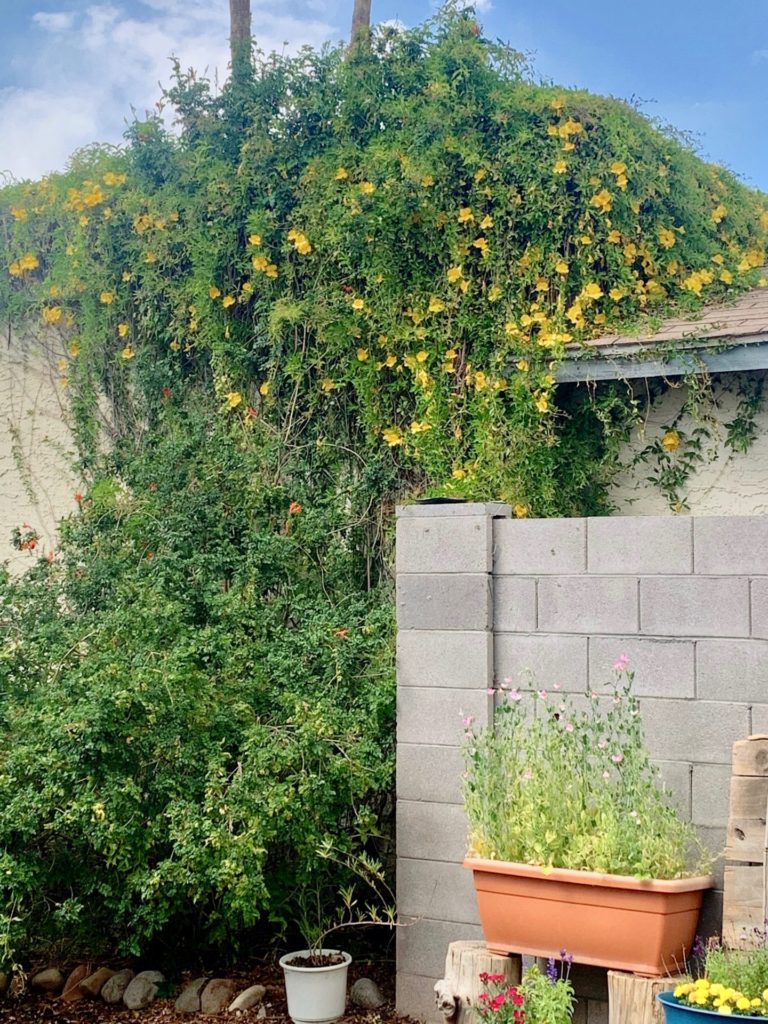
Mexican Flame Vine
(Senecio confusus). A fast-growing, drought-tolerant vine that can handle several soil conditions. This perennial can handle part shade to full sun. It will benefit from afternoon shade in the desert environment. It is perfect for chain link fences, trellises and, fences. A Mexican Flame vine is a good addition to the garden to support Monarch butterflies.
- Best in an east-facing exposure.
- Low to medium water use
Carolina Jasmine(Jessamine)
(Gelsemium sempervirens). Not a true jasmine, but it does produce very fragrant flowers that are a lovely yellow. It is an evergreen vine and will do best with some afternoon shade. It can get top-heavy and will benefit from a good pruning of about ⅓ the canopy every year right before spring.
- Will tolerate south or west-facing exposure.
- Low water use
Hacienda Creeper
(Parthenocissus spp.). Hacienda creeper is a desert-adapted creeper that grows 12-15 feet. It climbs by means of twining(a bine) and does best in a dappled shade or morning-only sun exposure. This evergreen produces small pinkish blossoms from winter to spring. The leaves will turn a reddish color in the cooler months. Hacienda creep is a fast-growing plant and requires a decent amount of water in really hot low desert climates.
- Needs east exposure, no western walls.
- Medium to high water use.
Potato Vine
(Solanum jasminoides). This full sun creeper has clusters of fragrant light blue and, white flowers. It is a semi-evergreen and grows to a heigh of 30ft, flowering in spring, fall, and even winter at times. It is native to Brazil and has twining growth(a bine), and is lovely on a trellis. Potato vine is a pool-friendly creeping plant since it produces very little litter.
- Needs east-facing exposure.
- Medium water use.
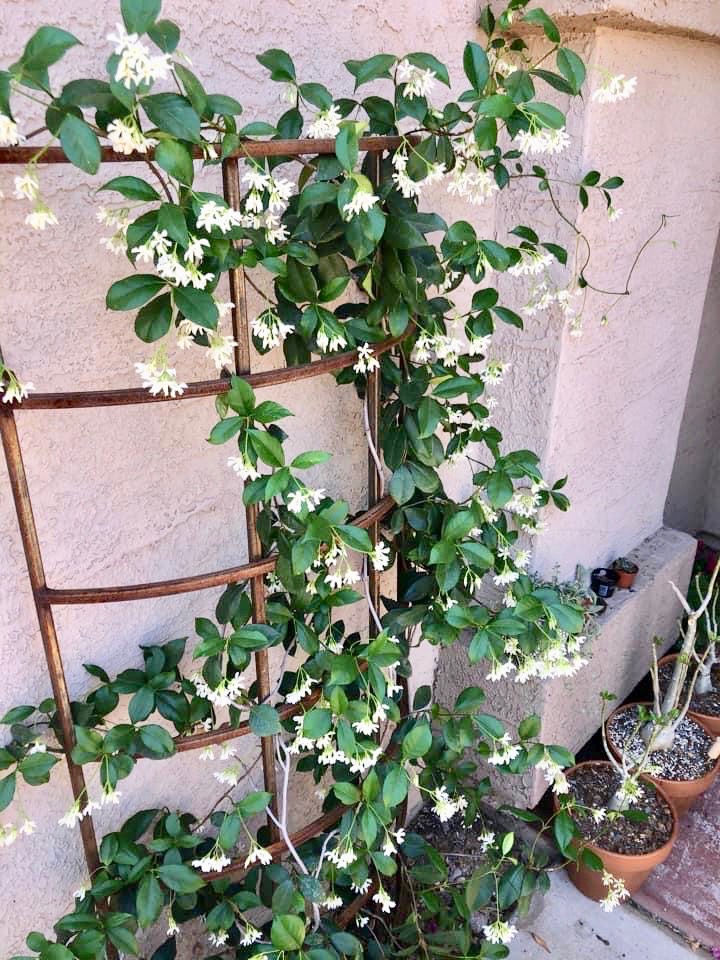
Snail Vine
(Vigna caracalla). Snail vines are semi- perennial and may die back if it freezes in winter. Cut back winter-damaged stems to encourage new spring growth. They produce a lovely display of snail-shaped flowers in a white to lavender color throughout the year.Snail vines may stop blooming in the extreme summer heat. It makes an excellent privacy fence trained against trellises or fences and grows to about 20ft tall.
Can tolerate south and west-facing exposure.
High water use.
Jasmine
(Various.). Several varieties of jasmine can be grown easily in the desert climate. Star Jasmine is a favorite and is excellent as a ground cover but can also be trained to grow on a trellis. It is highly fragrant and can take full sun once established but will also be happy in part shade. Arabian Jasmine (Sambac) is also a favorite among gardeners and the flowers can be used in tea. Carolina Jasmine yields yellow blossoms and is not a true jasmine. It should not be consumed.
- Best with east-facing exposure.
- Medium to high water use.
Cats Claw Vine
(Macfadyena unguis-cati or Bignonia tweediana).Cats claw thrives in the desert heat. In late spring it is covered in masses of large yellow trumpet-shaped flowers. It is a vigorous creeper sending out hooked claw-like(therefore the name) tendrils that will adhere firmly to a support structure. For this reason, it is suggested that they are not planted against the walls of a house or even block walls as these tendrils will damage buildings over time. Unfortunately, many were planted against homes years ago as seen in the picture. They are best on a large chainlink fence. It is partially deciduous and will lose its leaves when winters are very cold. Cats Claw is an aggressive grower reaching a size of about 30 feet by 30 30 feet very quickly, therefore it should be planted in an area where it will not out-compete other plants.
- Can handle south and west-facing exposure.
- Low water use.
Mandevilla
(Mandevilla sanderi). This is not a full sun plant in the desert and will therefore require a filtered sun location. They needed to be tied to a trellis or support structure and are enjoyed by pollinators and hummingbirds. It is available in a variety of rich colors and lends a tropical feel to the garden. It will benefit from rich soil and regular feedings of organic fertilizer high in phosphorus. Mandevilla’s are semi-tropical plants and therefore requires a good amount of water.
- East-facing dappled sun, no western exposure.
- High water use.
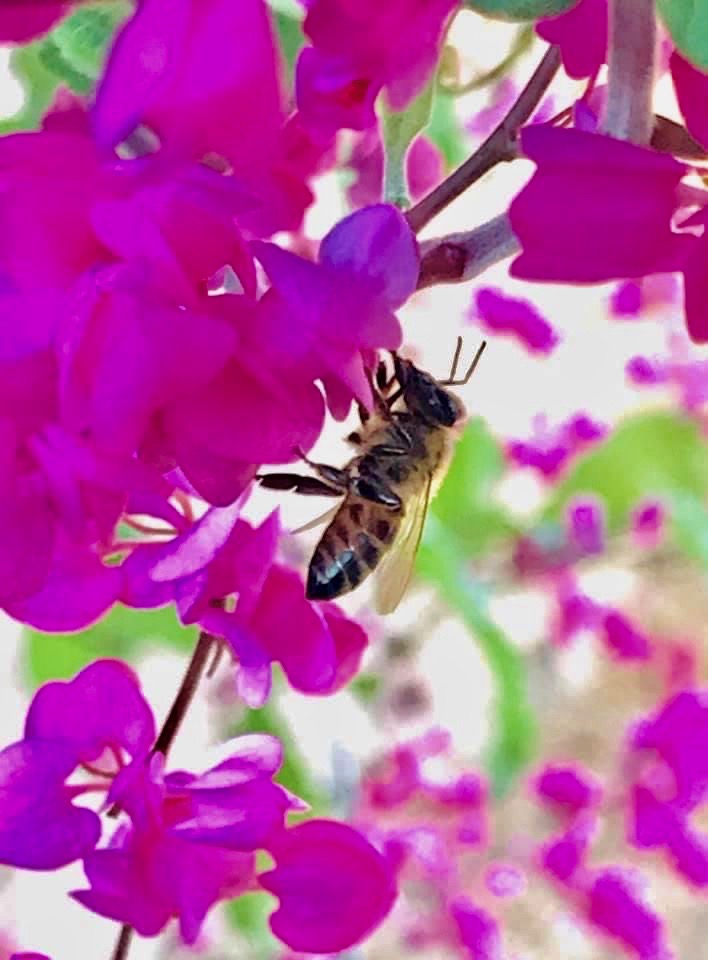

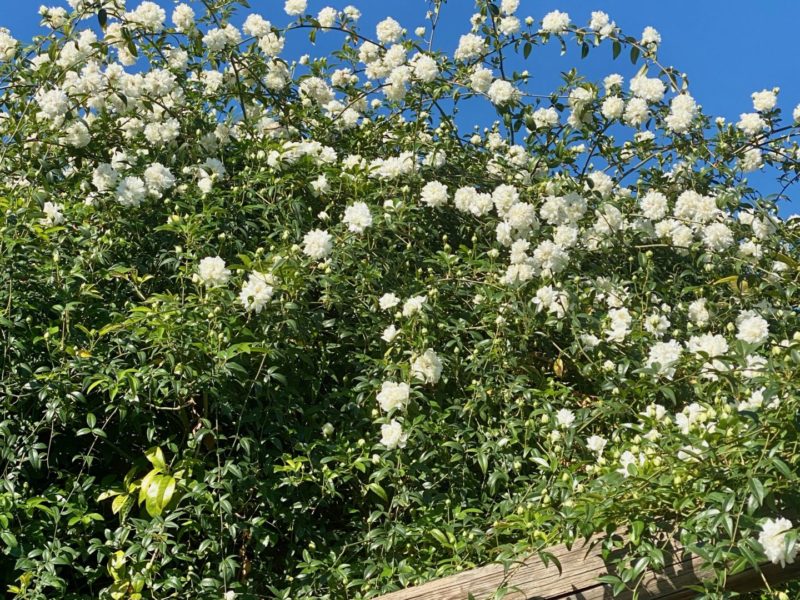
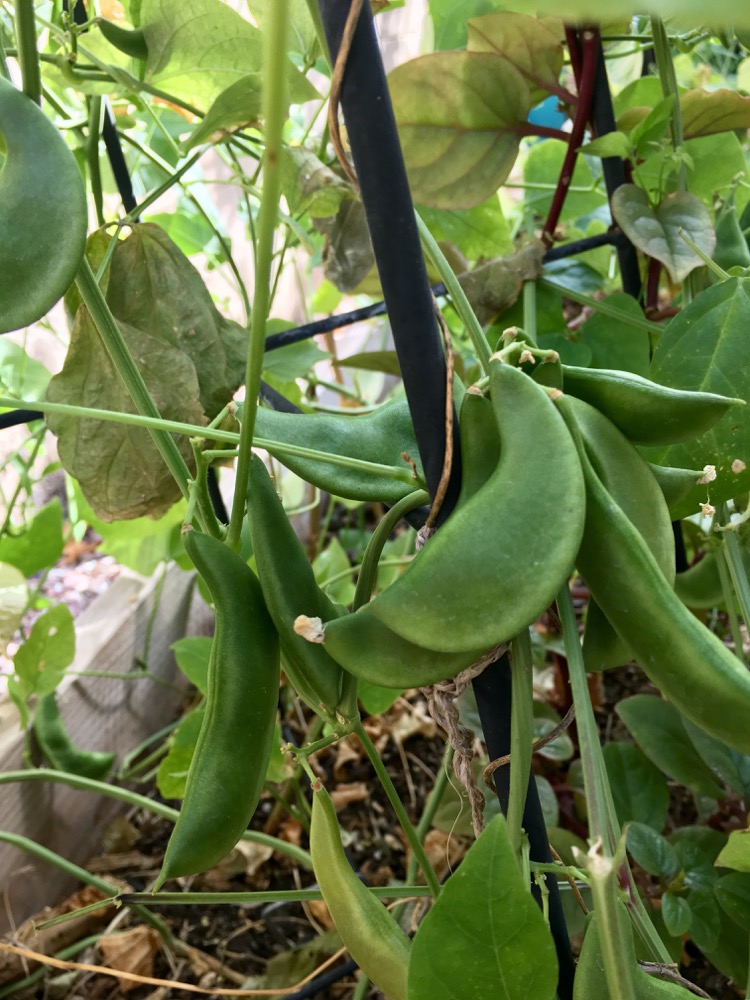
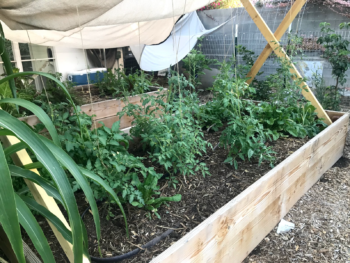
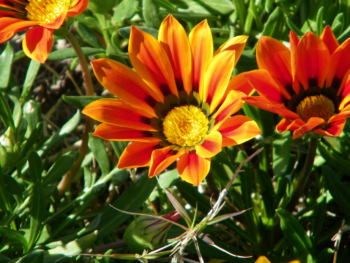
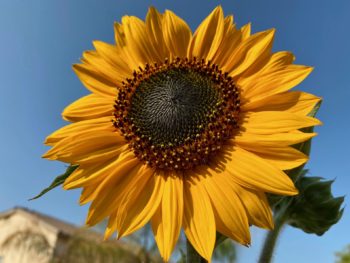
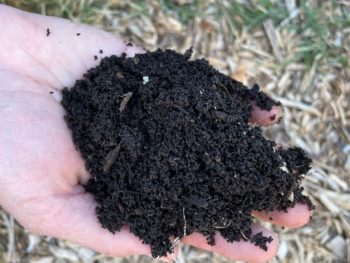
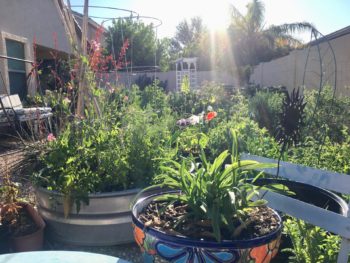
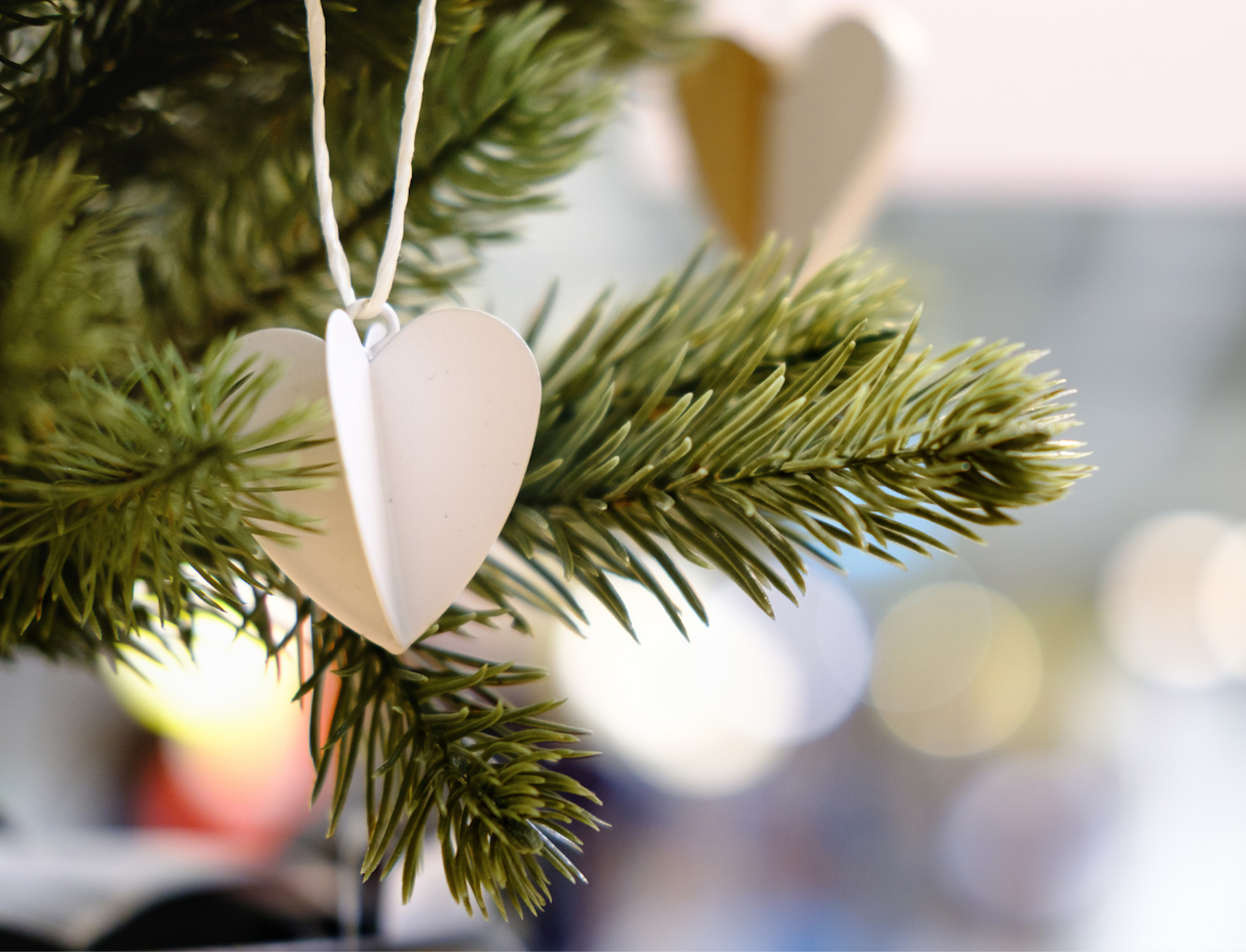
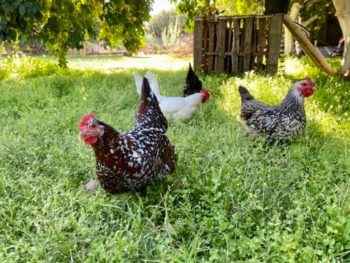
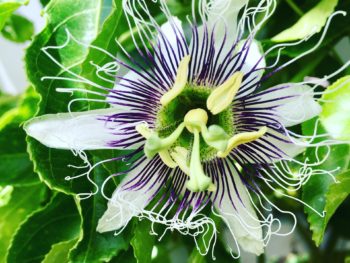
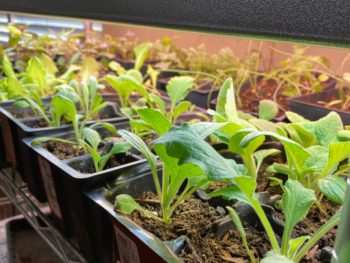
 The Desert Gardener’s Guide to Full Sun Plants
The Desert Gardener’s Guide to Full Sun Plants